GEORGE TOWN: When wanton destruction of forested hillslopes in Cameron Highlands made the news yet again, many people had already seen for themselves much of the damage.
Hill after hill, huge tracts of land were stripped of their greenery, a blight upon the land,visible from the main roads.
Project after project — some for general development and others for agriculture — have turned what used to be green undulating forests into scabs of dust. Many of the enterprises are illegal, yet are carried out in full view or “under the nose” of the authorities.
Alarming though these sights are, what is being done away from public view should pose even greater concern.
The degradation in the interiors, out of sight of the main traffic arteries, horrifies any right-minded citizen who understands the need for conservation and environmental protection.
An obvious question would surely be: Why was there no move taken in the first place to prevent or even mitigate these destructive acts?
In the face of a series of large-scale hill-slope destruction,the issue that needs to be confronted then is the government’s lack of action — wilful or otherwise.
This issue is not new. Three years ago when there was an uproar over a project along the traditional Kampung Tersusun Anggerik next to sensitive forest reserves in Cameron Highlands, Sahabat Alam Malaysia (SAM) president SM Mohamed Idris had voiced out the feeling of helplessness felt by many.
“The project should not have been approved by the authorities as it falls under Class 4 slopes,” he had said, referring to areas that have gradients above 35°. “There should not be any form of physical development in this environmentally sensitive area.”
“The authorities should also take firm action to ensure that the developers undertake rehabilitation of the exposed slopes,” he had said.
Three key points of concern arise in a case like this.
First, the assertion by the environmental community that destructive projects like these should not have been approved in the first place.
Second, if it is illegal, action must be taken to stop the unauthorised acts.
And third, there must be adequate remedial measures to rehabilitate, as far as possible, the affected forests and hills.
Existence of laws on hill-slope destruction
It is not as if the law is silent on matters like this.
The federal government’s Guidelines for Hillside and Highland Areas Development Planning prohibit any development on slopes more than 35°, as referred to by Idris.
The guidelines under the Natural Resources and Environment Ministry stipulate four classes of slopes — less than 15°, from 15° to 25°, 25° to 35° and more than 35°. The last, named Class 4, cannot be developed on at all.
In terms of height, there are also four categories — low land (below 150m), hill land (150m to 300m), highland (300m to 1,000m) and mountain (more than 1,000m). Development is to be extremely restricted beyond the height of 150m.
Ironically, the new minister for natural resources and environment is none other the MP for Cameron Highlands, Datuk Seri G Palanivel. Palanivel also used to work under Mohamed Idris decades ago, when he was a field officer for the Consumers Association of Penang (CAP), which Idris still heads.
When the news about the denudation of Cameron Highlands came out, Palanivel announced a task force to work with the Pahang government to curb the plundering of Cameron Highlands’ slopes.
There has been no update of any significance since the announcement was made three weeks ago, casting doubts on the commitment of the authorities to resolve what is essentially a national problem.
Governments’ complicity in environmental rape
In fact, there are instances when governments themselves facilitate or are even party to mass hill-slope clearing and deforestation.
Take the massive clearing of forests at Lojing Highlands, for example, which the Kelantan government had earmarked as a Special Development Area, which means that highland development here can be conducted under monitoring by the authorities.
The state government in fact established a “guideline” to regulate hillside and slope development in the area, which were as lush and beautiful as Cameron Highlands was back in 2002.
Local authorities have claimed that all development is bound by laws such as the Town and Country Planning Act and the Environment Quality Act 1974.
But much of Lojing has already been desecrated of its natural vegetation and wildlife, with agricultural entrepreneurs stripping vast stretches of the hills and valleys for their farms and plantations.
It is a similar scenario in Kedah, when in 2008 then menteri besar Tan Sri Azizan Abdul Razak announced the state government’s plan to log the extremely sensitive Ulu Muda forest for revenue. He reasoned that since the federal government had not given the state its due compensation of RM100 million a year, his administration needed to earn money. The timber around the area was worth at least RM16 billion, he said.
Groups like the World Wide Fund for Nature Malaysia (WWF Malaysia) lobbied hard against the plan, pointing out that the area is a critical catchment area that supplies water for Kedah’s agriculture, which contributes 40% of the total rice production in the country.
There is in fact an urgent need to gazette or officially protect the area so that it cannot be logged.
For more stories, go to www.fz.com, the website for freedom of expression and fairness in articulation.
This article first appeared in The Edge Financial Daily, on June 7, 2013.
TOP PICKS BY EDGEPROP

Halya @ Daunan Worldwide
Bandar Puncak Alam, Selangor

Bandar Puncak Alam
Bandar Puncak Alam, Selangor

Bandar Puncak Alam
Bandar Puncak Alam, Selangor

Bandar Puncak Alam
Bandar Puncak Alam, Selangor

Bandar Puncak Alam
Bandar Puncak Alam, Selangor

Broadleaf Residences, Hometree
Kota Kemuning, Selangor
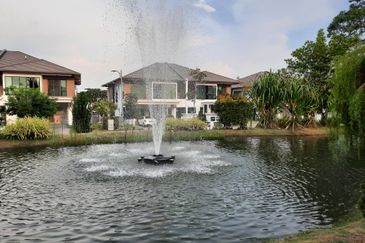
Lepironia Gardens, Setia Eco Glades
Cyberjaya, Selangor
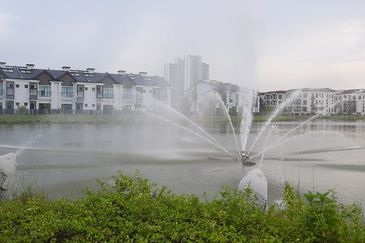
Setia Marina 3, Setia Eco Glades
Cyberjaya, Selangor
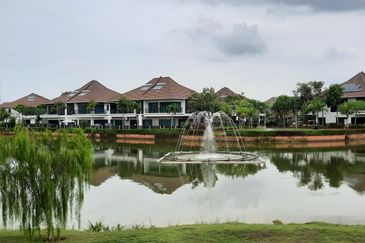
Charms of Nusantara, Setia Eco Glades
Cyberjaya, Selangor
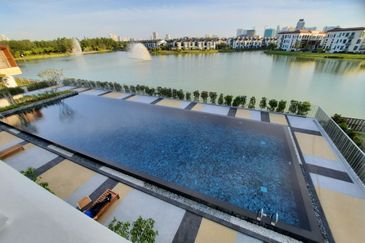
Isle of Botanica, Setia Eco Glades
Cyberjaya, Selangor

Eco Botanic
Iskandar Puteri (Nusajaya), Johor
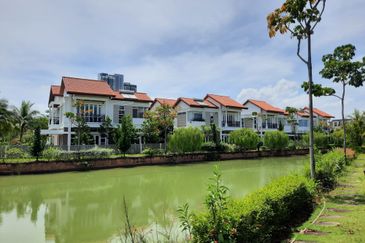
Setia Marina 2, Setia Eco Glades
Cyberjaya, Selangor













